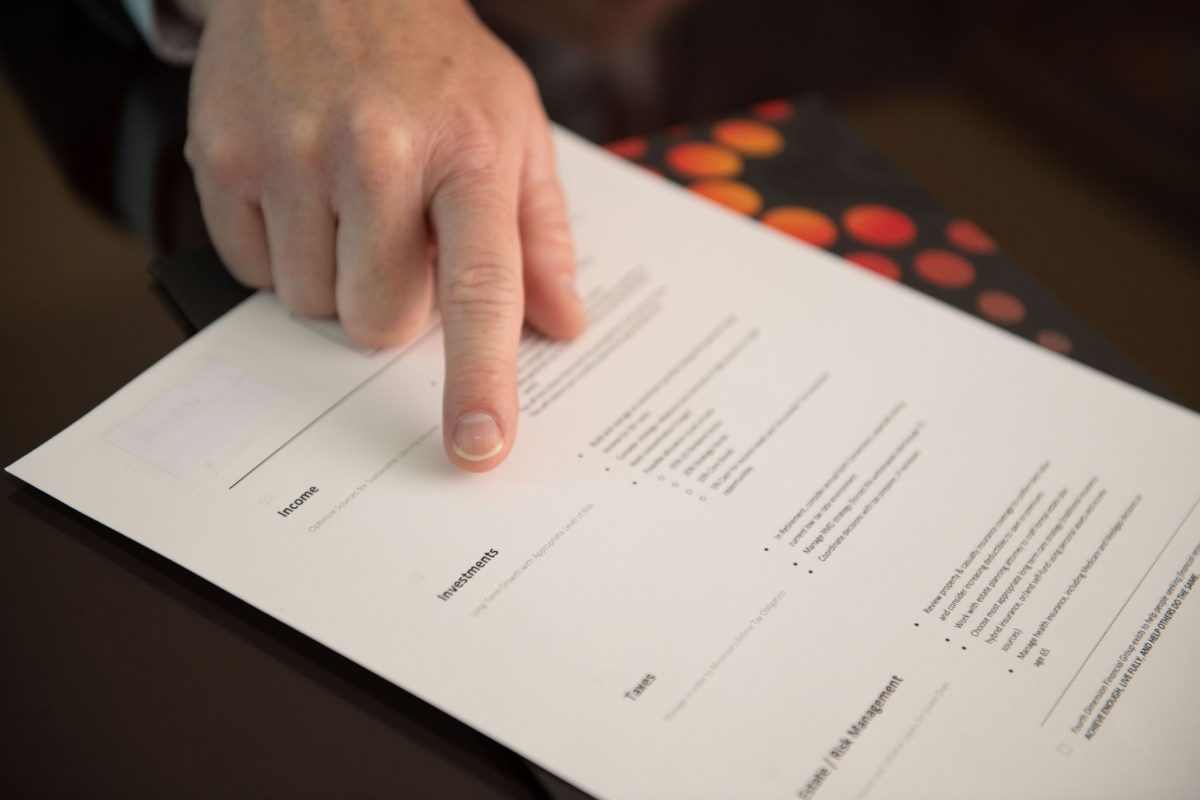 by Richard M. Chamberlain, Chamberlain Law Group
by Richard M. Chamberlain, Chamberlain Law Group
Naming the right beneficiaries for your retirement accounts is critically important. With the right planning, you can maximize the benefit to your beneficiaries while also providing significant protection from creditors, bankruptcy, or divorce. Let’s take a look at the issues involved in naming the right beneficiaries of your retirement accounts.
Getting the “Stretch-out”
When a beneficiary inherits an IRA, they must take Required Minimum Distributions (RMDs) from the account, and must of course pay income taxes on the distributions. IRS rules allow the beneficiaries to take the RMDs over their own life expectancies, instead of the original owner’s. This technique is called the “stretch-out” because it allows the beneficiary to take smaller mandatory distributions, make the IRA last longer, and pay less income tax. To see the benefit of the stretch-out, take a look at this example:
Child, age 45 at the time of parent’s passing, inherits a $200,000 IRA and withdraws only the RMDs (at Child’s rate). If the IRA grows at 6% per year, then when Child is 75, she will have taken over $400,000 in RMDs from the IRA, and the IRA will still have a value of over $300,000.
Many clients and their professional advisors assume that the beneficiaries will make the right stretch-out decisions, or at least seek the advisor’s help before they take withdrawals. Unfortunately, that is often not the case when the account owner dies. In fact, according to IRS statistics, 90% of all IRAs are cashed in within 6 months of the death of the owner.
The Need for Protection
Even if you have smart, responsible beneficiaries and think the stretch-out is not a concern, a lot can still go wrong with an IRA payable to the beneficiary directly. When a beneficiary receives an IRA directly, the IRA may then be exposed to a number of significant problems, such as:
- The wrong people may later inherit the IRA when your child passes away;
- The beneficiary may have (or may later develop) creditor issues, and the IRA could be subject to the claims of those creditors; or
- Your child’s spouse could take some or all of the IRA in a divorce.
The Solution
A Standalone Retirement Trust (SRT) is a trust created specifically to receive retirement accounts at the death of the account owner. It is a separate trust designed to provide maximum income tax deferral and wealth accumulation for your IRAs after you pass away.
Another advantage of the SRT is that it allows you to maintain the long-term relationship you’ve enjoyed with your trusted financial advisor by appointing him to serve as the trustee’s investment advisor and money manager. This helps prevent your beneficiary from making the wrong choice by selecting a financial advisor who is less competent and experienced.
Who Should Consider a Standalone Retirement Trust?
You should consider a SRT if you fall into any one of these categories:
- you have at least $200,000 in your retirement accounts;
- you have any concern that your beneficiaries might not make good decisions regarding withdrawal of the funds out of the IRA;
- you’re concerned that a beneficiary could lose all or part of the IRA in a divorce, bankruptcy, or lawsuit; or
- you want to make sure that your IRA stays within your family.
With this powerful planning tool, your legacy can grow dramatically in value over time for successive beneficiaries. If you would like evaluate whether using a Standalone Retirement Trust is appropriate for you and your beneficiaries, you can schedule a consultation with one of our attorneys. Just call our office at 419-872-7670 and we’ll schedule your no cost, no obligation appointment.
“Look at market fluctuations as your friend rather than your enemy;
profit from folly rather than participate in it.” – Warren Buffett
Recent Articles

Show Your Work: Why Transparency Matters in Retirement Planning

Unlocking the Mystery of Income Taxes

Social Security Strategy: Do You Have One?

Pension Decision: Just One Critical Piece of Information Is Needed to Decide


